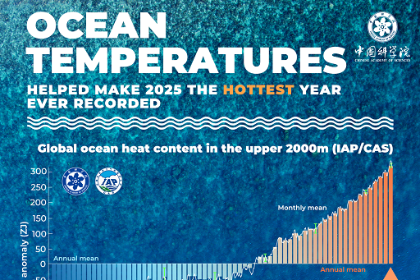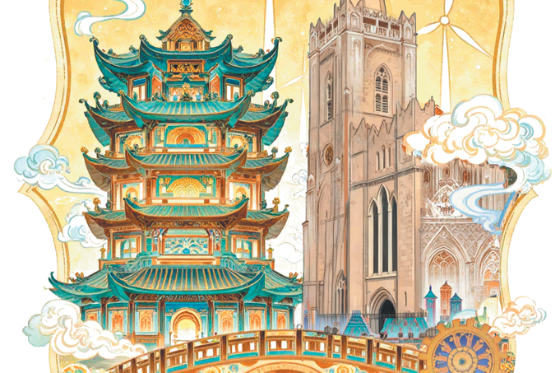Innovation-driven tech is key to growth


I visited China for the first time in 1994 and was awed by the level of development in cities such as Beijing and Shanghai, in particular their large modernized highways, transportation and buildings. In those years, many of China's friends in the West were worried that China was "allowing" Western financial oligarchs to loot its workforce by establishing labor intensive industries and operating in the many de-taxed industrial parks.
My husband and I had the opportunity to meet with a high-level representative of the Communist Party of China in Shanghai, and in the discussion we had on the issue, he firmly said that China cannot "export the products of cheaper labor forever", intimating that the government had other plans in mind.
Later in the day, he proudly offered to accompany us to a print shop in the city. As we entered a sizable warehouse, our view was blocked by the largest and latest model of the best rotary press Germany had produced in those days. The workers had to climb up on ladders to reach the top of the machine, whose length seemed to disappear in the farther end of the work floor. It took that machine only two hours a day to print all the materials required.
In the almost 30 years since, several of China's scientific breakthroughs in the area of space research, and more generally the economy, have shaken the entire world. In 2019, China became the first country to achieve the first soft landing on the far side of the moon. In 2021, the centenary year of the foundation of the CPC, China landed, on the first try, a vessel on Mars and deployed a rover. At the end of 2020, China succeeded in eradicating extreme poverty from the country.
On the socioeconomic front, China has increased life expectancy from 35 years in the 1940s before the People's Republic of China was founded to 78.2 years in 2022, improved the living standards of the people, and raised per capita GDP from $195 in 1980 to $12,720 in 2022.
These examples show a direct link between innovation-driven high-quality development and improvement of people's living standards. The introduction of high-tech in the production system allows machines to do most of the work, greatly reducing the cost of labor in mass producing goods, which can be sold at relatively lower prices. And the workforce thus displaced can then be engaged in other productive activities.
We see the same model at work in the Xinjiang Uygur autonomous region, which I have had the chance to visit twice, in 2019 and in 2023. The central government intensified efforts in 2000 for the uplift of the region with the "Go-West Policy" and later the Belt and Road Initiative, whose route runs through Xinjiang to Europe. Xinjiang, too, saw the eradication of extreme poverty at the end of 2020.
It was first proposed to upgrade the area by developing the transport infrastructure — railways and roads to and from Beijing to Europe, as well as airports, because profitable trade or sustainable development is not possible without a proper transport infrastructure. And the most audacious infrastructure is perhaps the railway around the Taklimakan desert.
The central government then digitalized the entire area, improving connectivity within the province and facilitating connectivity with the rest of China to conduct trading. It has also digitalized agriculture to promote mass cotton and fruit production, used digital technology to connect to the Beidou satellite system to seed and sow, and use water resources in the most productive way (drop-by-drop irrigation, fertilization and pesticide spraying).
Last August, I visited Payzawat county in Xinjiang where potable water is supplied to households through canals that carry water from melting snow in the mountains, and where drop-by-drop irrigation techniques have also improved the production of fruits. Payzawat is also the largest production base of high-quality plums in China. And the recent introduction of preservation technologies has improved the productivity and the lives of the producers.
Thanks to the introduction of a cold storage system and technologies, the plum-selling period has been extended for farmers, after which the unsold fruits can be turned into dried ones in two to six months. Farmers can then sell them at better prices and thus earn better revenues.
In short, high-tech can promote prosperity for all. A good lesson for the West, which has been focusing on making short-term gains through financial speculation, is that negligence could lead to a financial crisis and to impoverished populations.
The author is editor in chief of the monthly Nouvelle Solidarité in France.
The views don't necessarily reflect those of China Daily.


































